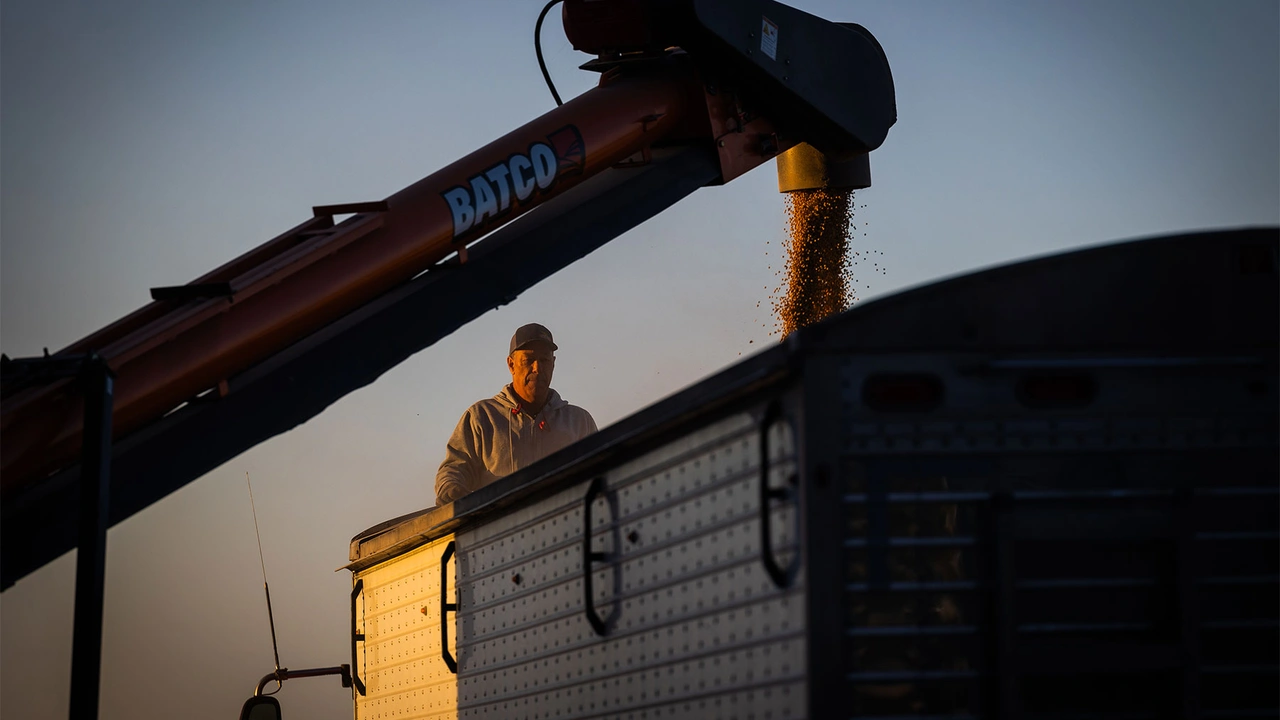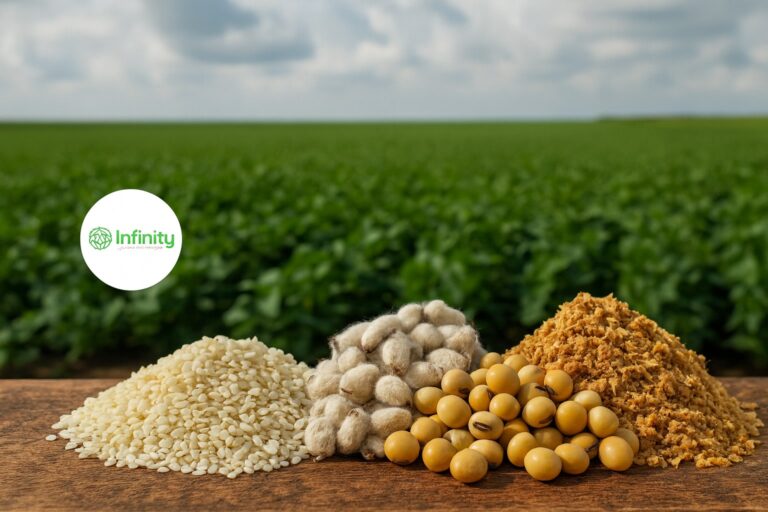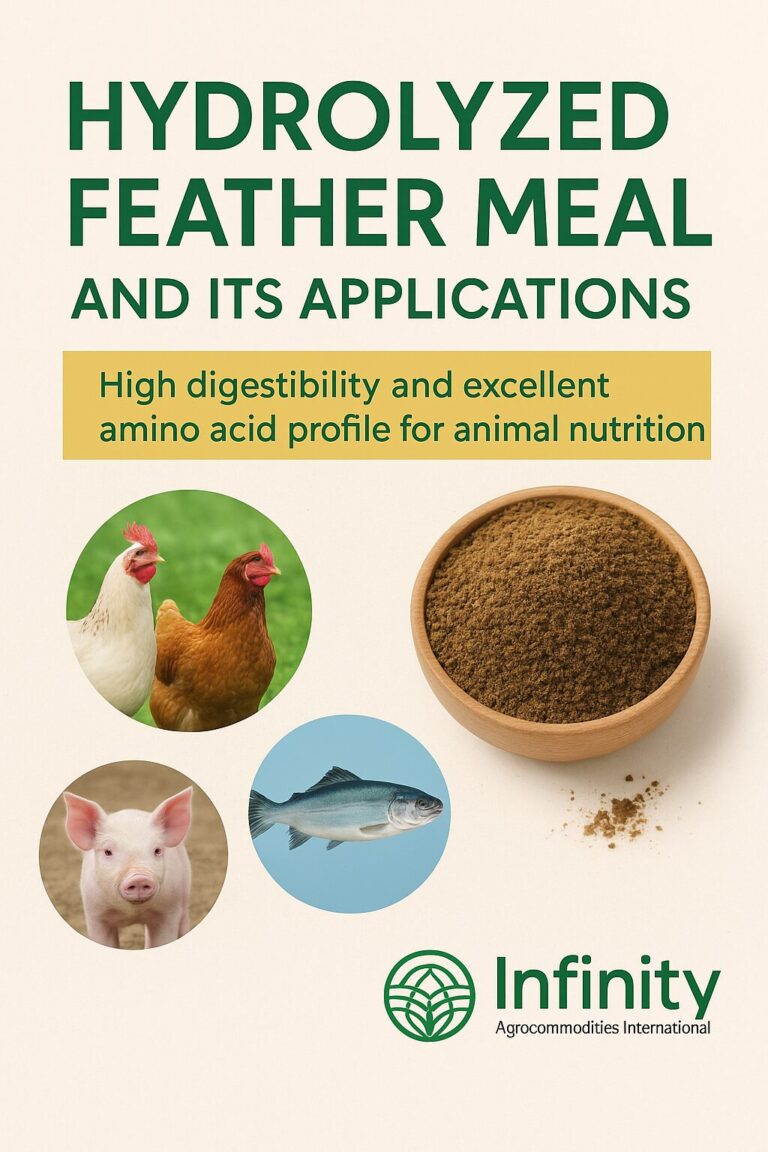A wide planting window, excess rain and disease, less nitrogen, and unusual insects mean farmers need to check hybrids and plan harvest accordingly.
Drive down the roads in many parts of the Midwest and the crops look good. Maybe even phenomenal, says Eric Wilson, agronomist at Wyffels Hybrids.
“If you go pull ears and you look at the potential, it’s phenomenal,” Wilson says. The largely cooler weather through August (minus the last week of the month) made for nice grain fill in corn, allowing kernels to get deeper than they normally would.
“That took longer to black layer, but you also built a lot of yield,” he adds. “There are some areas that could have very impressive corn yields.”
But Wilson also says the early season variability, including excess rain which may have led to nitrogen deficiency, disease and insect pressure, all means farmers need to be aware of which hybrids are going to hold up heading into fall — and which need to come out first.
Make a harvest plan; do stalk integrity tests. Do the push test and the pinch test as you get closer to harvest, he says.
“I just don’t want guys to be caught off guard by that,” Wilson says. “We’ve had a lot of rainfall in some areas, and we’ve taxed these plants to the max. There’s a lot of yield potential, and I don’t want guys to have to pick it up off the ground.”
What to look for? Here’s what Wilson recommends:
1. Crop development. Across Illinois and Iowa, planting happened over 75 days — over twice what it usually takes to put in the crop. That means crop development is all over the board. Some of the crop had reached black layer at the end of August, and some in northern geographies may not finish up until late September. Heat units were average throughout the growing season.
2. Nitrogen deficiency. Early rainfall, especially across parts of Iowa and northern Illinois, meant many farmers considered supplemental nitrogen applications.
“It’s very apparent by looking at fields which ones got a little more nitrogen compared to the ones that didn’t,” Wilson says, point to firing higher up in the plants in some fields. Look for the perfect inverted V at the leaf tip. “Some fields just ran out of gas,” he says.
3. Disease overload. A plant that’s N deficient is also more susceptible to disease — a double-whammy effect of excess rain, which also encourages disease progression.
“If you’re not well-fed, you’re not going to fend off disease as well,” Wilson says, adding that he’s seen disease in almost every field he’s walked into, including tar spot, gray leaf spot, common rust and even southern rust. Southern rust is typically found in southern Illinois, but it appeared all the way up in Minnesota this year.
The good news? Fungicide seems to be holding off disease pretty well overall. Wilson reports they usually see an average 10-bushel advantage to fungicide application in Wyffels trials, and he thinks it may be even bigger this year. He gives credit to timely applications, especially when farmers tried to push it closer to brown silk, which extended the residual later into the season. That’s a case where the extended planting season helped applicators by providing a wider window.
One Iowa farm will be a good example why fungicide worked this year, he adds. Wilson says the farmers aren’t typically big believers in fungicide, but because of the wet conditions this year, they decided to treat every corn acre. Except for one field they missed. When they came back to scout after application, tar spot had blown up in that one field.
“They called and said, ‘You weren’t joking about spraying fungicide!’” Wilson recalls. “I think they’re believers now.”
4. Insects and pollination. Corn aphids were worse this year than Wilson has ever seen. He suspects it has to do with the extended planting window, because every field was at a different stage. Aphids aren’t typically an economic pest, but if they strike at tassel time, they can impact pollination.
“If they get enough honeydew on that tassel, they don’t shed pollen correctly — and I was in a couple fields that pollination issues were very apparent, thanks to aphids,” Wilson explains.
All in all, Wilson expects a good harvest but wants farmers to get every kernel they can. His best advice? “Keep all of this in mind as you’re making your harvest schedule.”
Source: https://www.farmprogress.com/corn/4-growing-season-factors-that-could-impact-your-corn-harvest





